Facial recognition is a cutting-edge technology that has gained widespread attention in recent years. This innovative system involves the identification and verification of individuals based on unique facial features. Understanding the intricacies of facial recognition is crucial in appreciating its applications and potential impact on various aspects of our lives.
Facial recognition technology utilizes advanced algorithms to analyze and identify unique facial patterns. The process typically involves the following key steps:
Face Detection: The system locates and identifies faces within an image or video feed, distinguishing them from the background.
Feature Extraction: Facial features, such as the distance between the eyes, nose shape, and jawline, are extracted and converted into a mathematical representation.
Face Template Creation: A unique face template or signature is generated based on the extracted features, creating a digital representation of an individual's facial characteristics.
Matching: During recognition, the system compares the obtained face template with stored templates in a database or against a live feed to identify a match.
Facial recognition technology has found applications in various sectors, offering enhanced security, convenience, and efficiency. Some notable applications include:
Security and Surveillance: Facial recognition is widely used in security systems for access control, surveillance, and monitoring. It can quickly identify individuals in crowded areas, enhancing public safety.
Authentication and Access Control: Many devices, such as smartphones and computers, use facial recognition for user authentication. This provides a secure and convenient alternative to traditional password-based systems.
Law Enforcement: Police and law enforcement agencies use facial recognition to identify and track individuals of interest. It can aid in criminal investigations and enhance public safety efforts.
Customer Experience: Some businesses use facial recognition to personalize customer experiences. For example, retail stores may use the technology to offer personalized recommendations or streamline the checkout process.
While facial recognition technology offers numerous benefits, it also raises concerns related to privacy, security, and potential misuse. Critics argue that the widespread use of facial recognition may infringe on individual privacy rights and lead to unauthorized surveillance. Additionally, there are concerns about the accuracy of the technology, particularly regarding potential biases in certain demographic groups.
Facial recognition is a powerful and evolving technology with diverse applications across various industries. As it continues to advance, it is essential to strike a balance between harnessing its benefits and addressing the ethical and privacy considerations associated with its widespread use.

IP65 Wall-Mounted Industrial Touch Screen Monitor | Waterproof HMI Display VIEW MORE
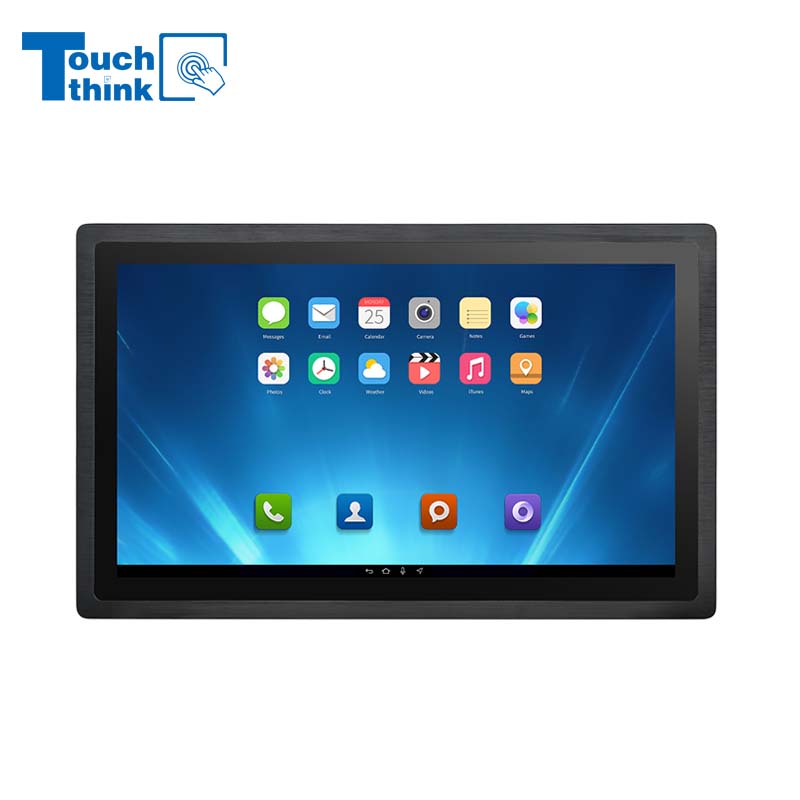
23.8 Inch Industrial Panel PC, Slim Ultra-Thin Design, Multiple I/O Ports, Rugged Touch Computer for IIoT VIEW MORE
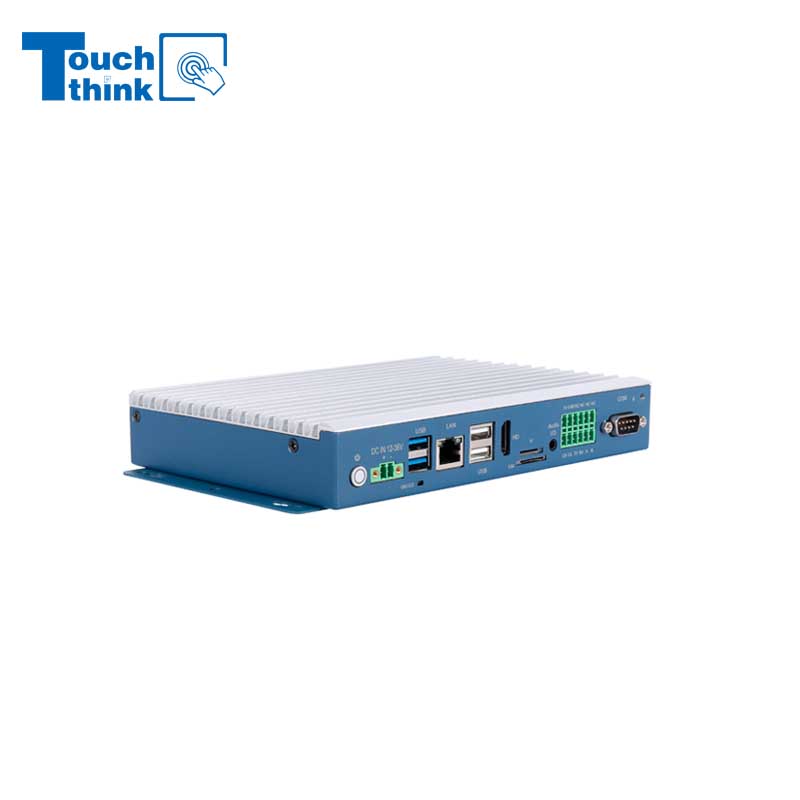
Embedded Fanless Computer ARM Cortex-A55 Quad-Core 64-bit Computers with 1TOPS NPU and Wi-Fi 6 Capabilities VIEW MORE
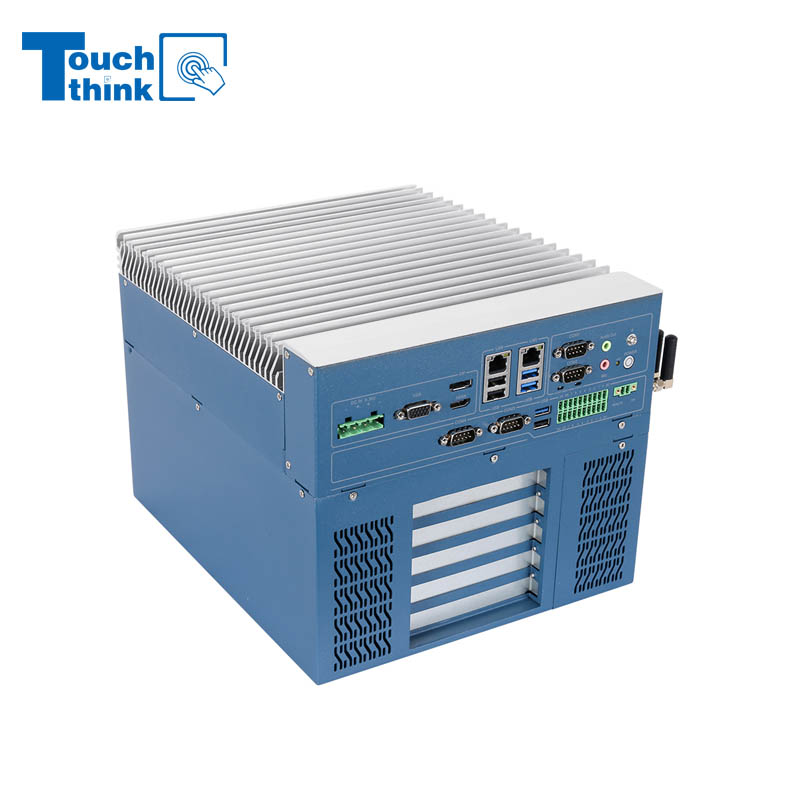
High Expandability Industrial Embedded PC with Expansion Slots PCIex16 PCIex4 9 to 36V Input VIEW MORE
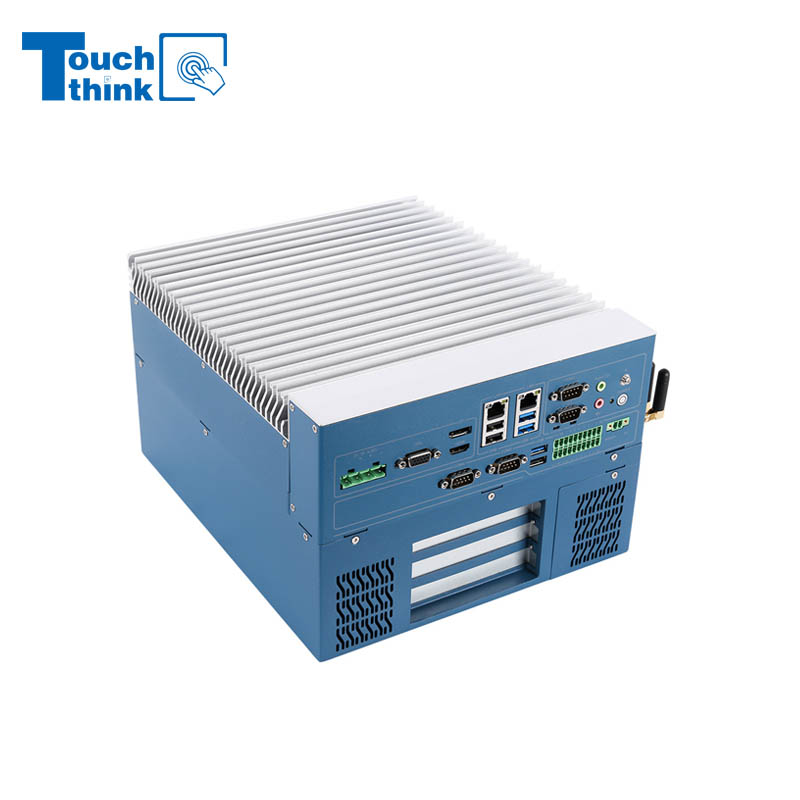
Modular Embedded Computer with Intel® Core 12/13/14th-Gen Processor 2.5GbE LAN VIEW MORE
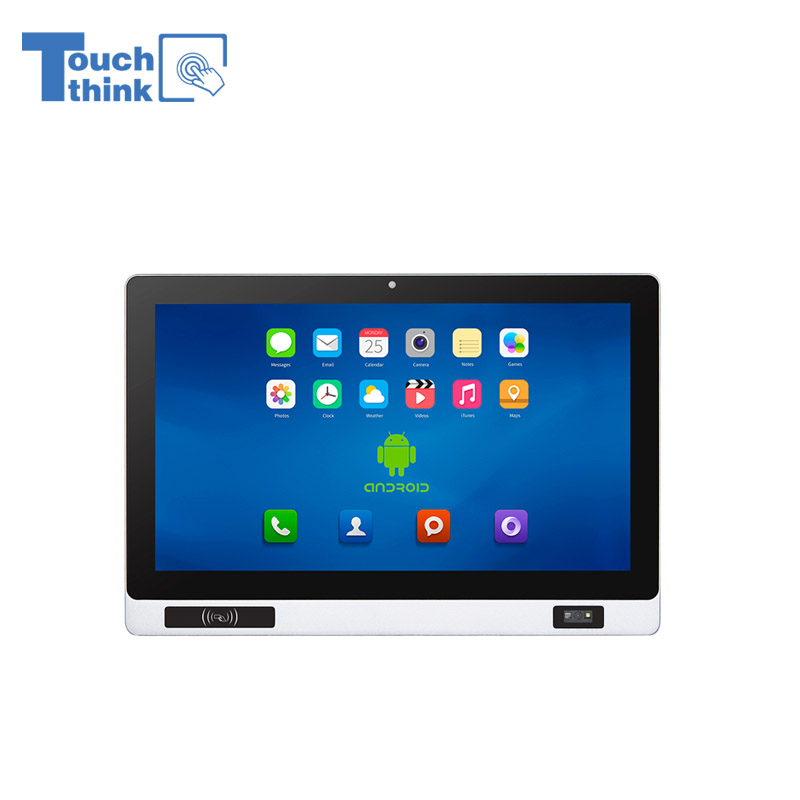
Industrial Panel PC with NFC and QR Code Scanning Functions for Smart Factory VIEW MORE
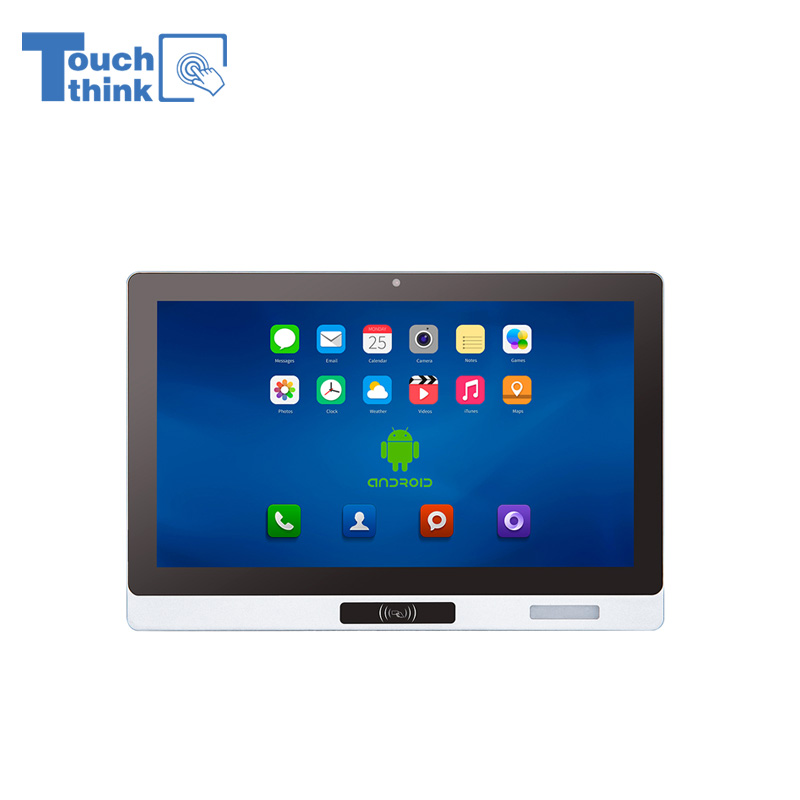
All-in-One Android Panel PCs with NFC/Camera For MES System in Digital Factory 24/7 Use VIEW MORE
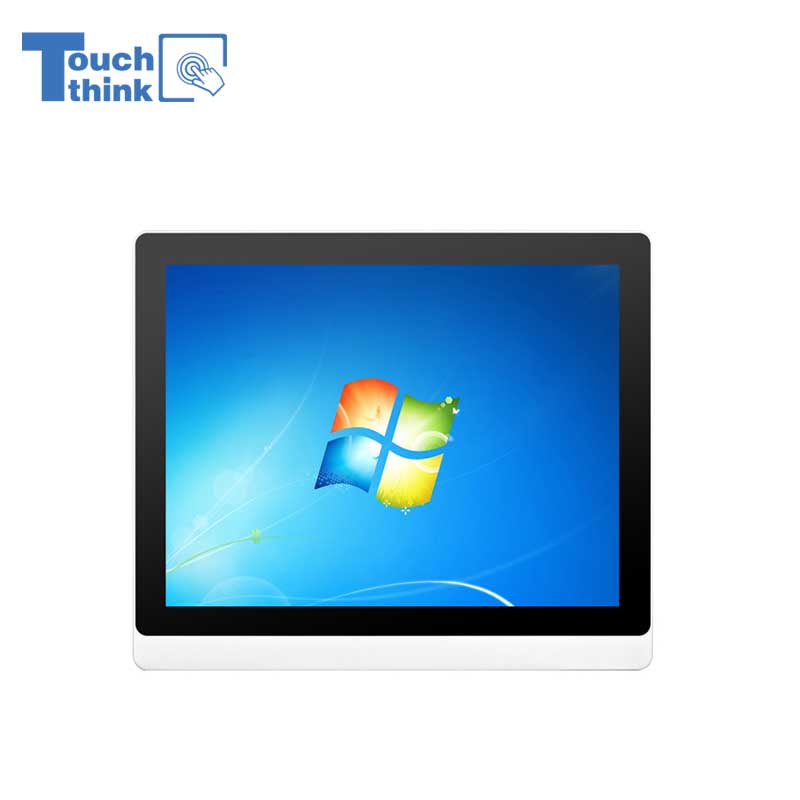
VESA Mount Industrial Touch Panel PC with i3 i5 i7 Processor Desktop Computer 8GB DDR4 128GB SSD VIEW MORE
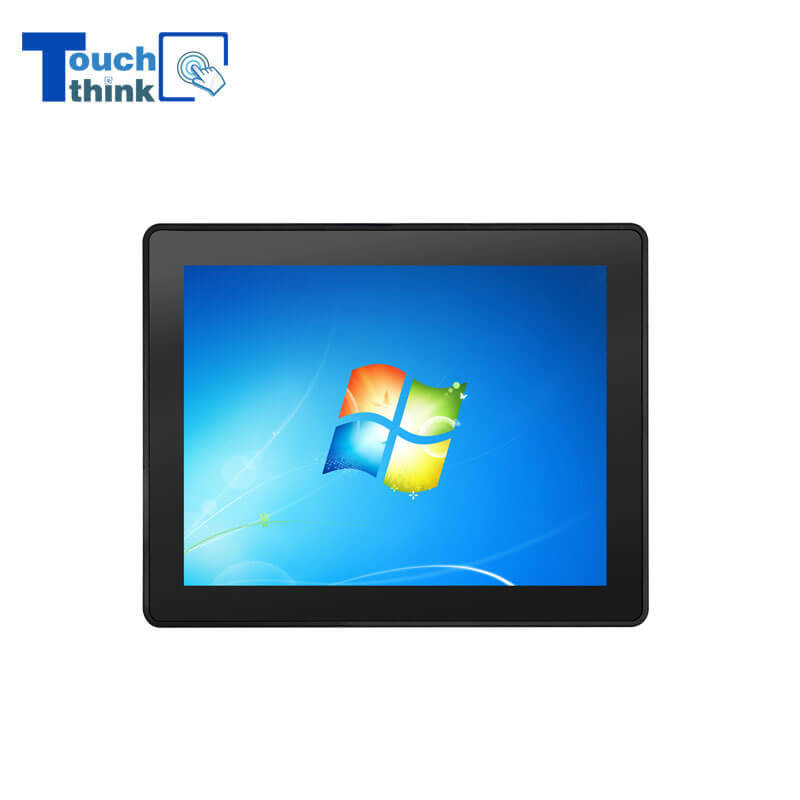
Rugged IP65 Industrial Touchscreen Computer Industrial HMI Panel PC VIEW MORE

8 inch Facial Recognition Terminal For Turnstile Access Control VIEW MORE
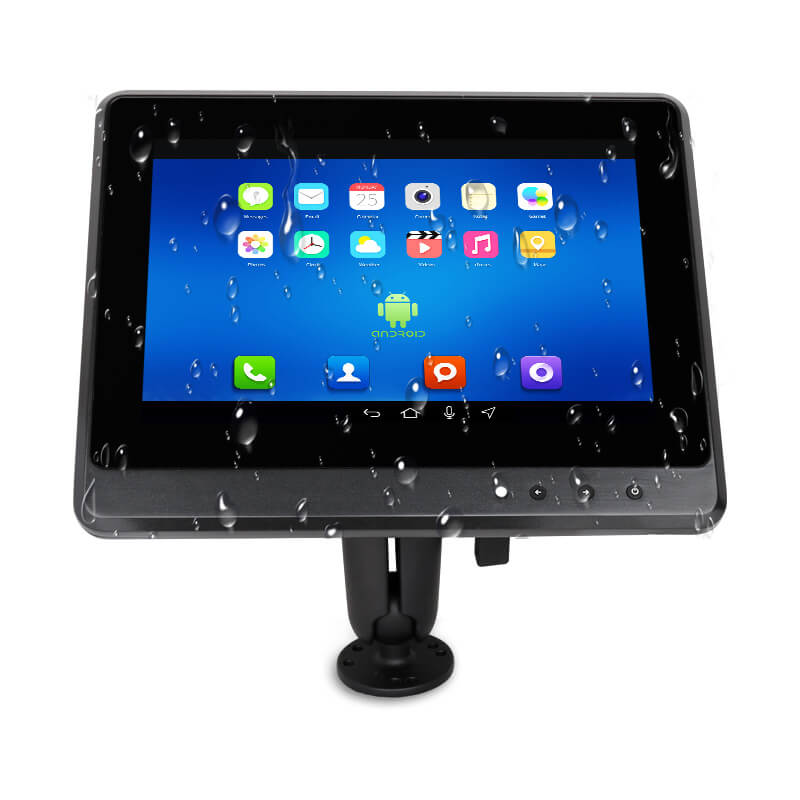
Android In-Vehicle Industrial Panel PC Vehicle AGV Computer VIEW MORE
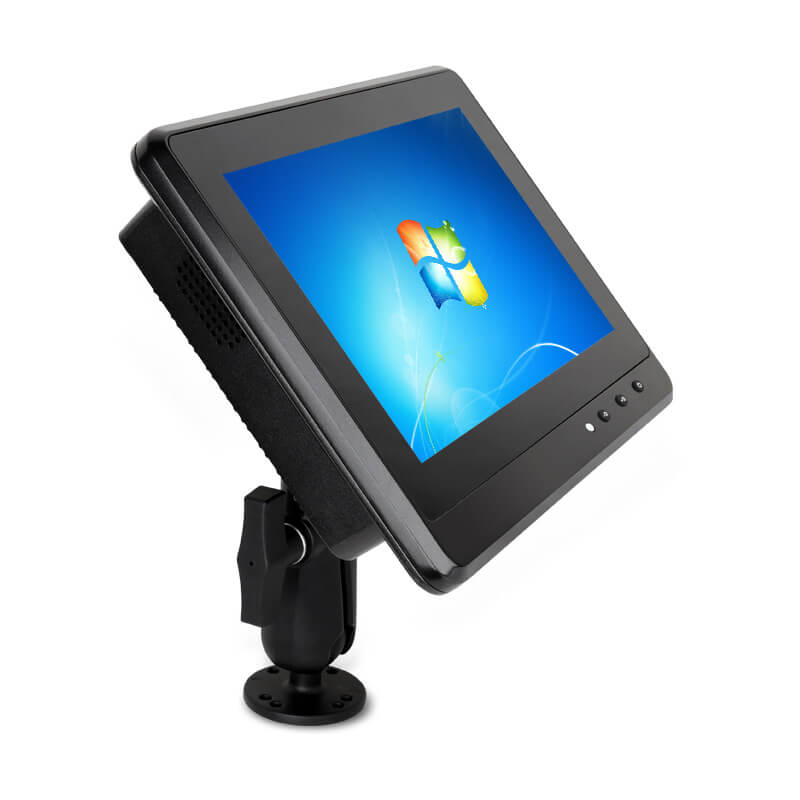
Transportation Panel PC Windows Vehicle Mounted Touch Computers VIEW MORE
Copyright © Shenzhen Touch Think Intelligence Co.,Ltd. All Rights Reserved Update cookies preferences